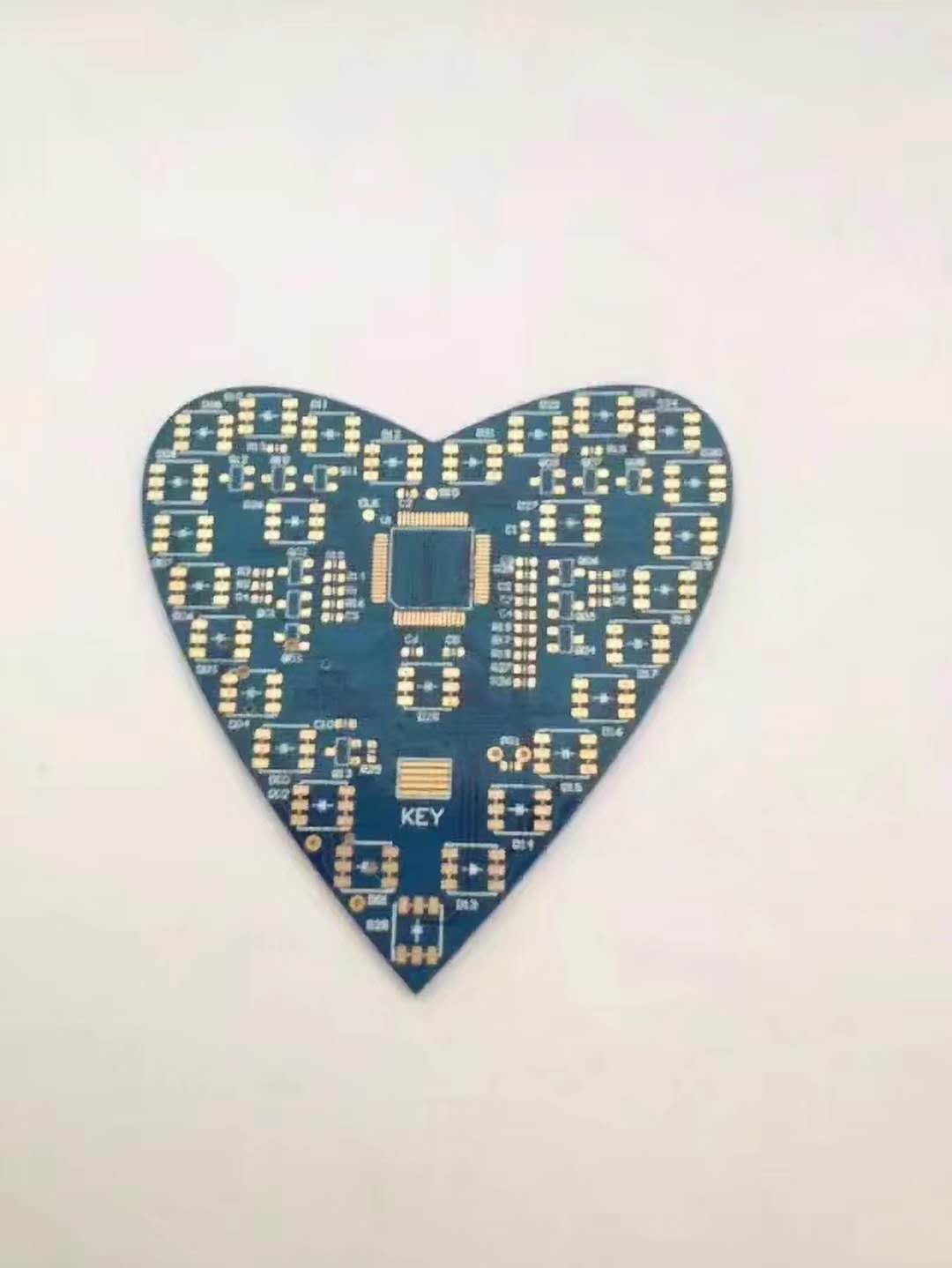Heavy Copper PCB Design Guidelines
 hitech PCB manufacturer
hitech PCB manufacturerBelow are some key design considerations for heavy copper PCBs:
Layer Stacking
Position thick copper layers close to the board center to minimize warpage.
Do not place outer layers next to each other as it exacerbates registration issues.
Rotate fiber weave direction 90° between adjacent dielectric layers for stability.
Component Placement
Ensure sufficient clearance from plane layers for soldermask coverage.
Account for component shadows falling on inner copper layers.
Check for exposed copper at drilled holes.
Thermal Management
Place heat generating components over thick copper layers to act as heat spreaders.
Provide multiple vias beneath hot components to transfer heat to inner planes.
High Current Traces
Use copper pouring/polygons for high current lines instead of routing multiple parallel traces.
Place adjacent to plated thru-hole vias for heat dissipation.
Filled Vias
Limit use of filled vias as they impair heat transfer compared to hollow vias.
Countersink filled vias and keep soldermask clear of holes.
Panel and Tooling
Allow generous tolerances for fabrication and assembly.
Account for material shrinkage, stretching, and warpage.
Use fiducials and test coupons on panel for easy tooling.
DFM Analysis
Seek DFM feedback from fabricator during design phase.
Check manufacturability, especially around heavy copper tolerance issues.
Early engagement with the PCB manufacturer smooths the design process and avoids issues during prototyping.
Subscribe to my newsletter
Read articles from hitech PCB manufacturer directly inside your inbox. Subscribe to the newsletter, and don't miss out.
Written by

hitech PCB manufacturer
hitech PCB manufacturer
Hitech – Your one-stop electronics manufacturing service provider and partner in China, we offer rapid PCB boards, PCB assembly, electronic parts and electric appliances for different applications.